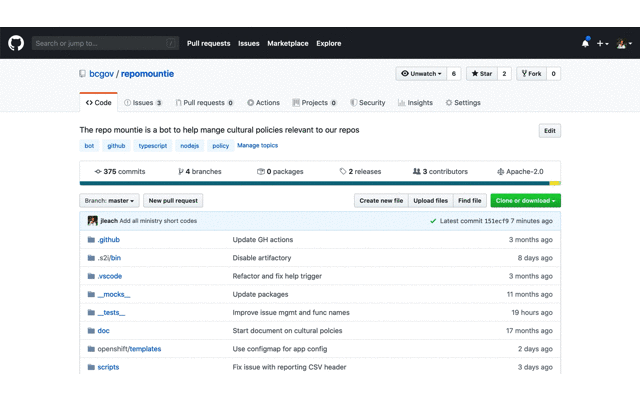molecule init scenario fluent_bit --driver-name docker
in the molecule.yml file:
- update
platforms.name,platforms.image - add
provisioner.inventory
Make sure you have docker installed, and you can start a container with an interactive shell.
If you are on Windows, run directly from PowerShell (not from WSL2)
make sure the the root of the repository (git rev-parse --show-toplevel) is your current working directory
Start the container with mounting the root directory directly in an expected collections path:
docker run --rm -v "/var/run/docker.sock:/var/run/docker.sock" -v "${PWD}:/usr/share/ansible/collections/ansible_collections/bcgov/nr" -w "/usr/share/ansible/collections/ansible_collections/bcgov/nr" -it quay.io/ansible/toolset bash
we can start with mounting the root directory anywhere, and adding a symlink to the mounted path
docker run --rm -v "/var/run/docker.sock:/var/run/docker.sock" -v "${PWD}:/source" -w "/source" -it quay.io/ansible/toolset bash
# after the container started, and you have a shell prompt:
mkdir -p /usr/share/ansible/collections/ansible_collections/bcgov
ln -s /source /usr/share/ansible/collections/ansible_collections/bcgov/nr
The inventoy can be created once, and changes can be applied as often as you need as you work on your role/module/etc. The commands below are executed from within the toolset container previously started.
# Create inventory "machines"
molecule create --scenario-name fluent_bit
# Apply changes
molecule converge --scenario-name fluent_bit
# Destroy inventory "machines"
molecule destroy --scenario-name fluent_bit





